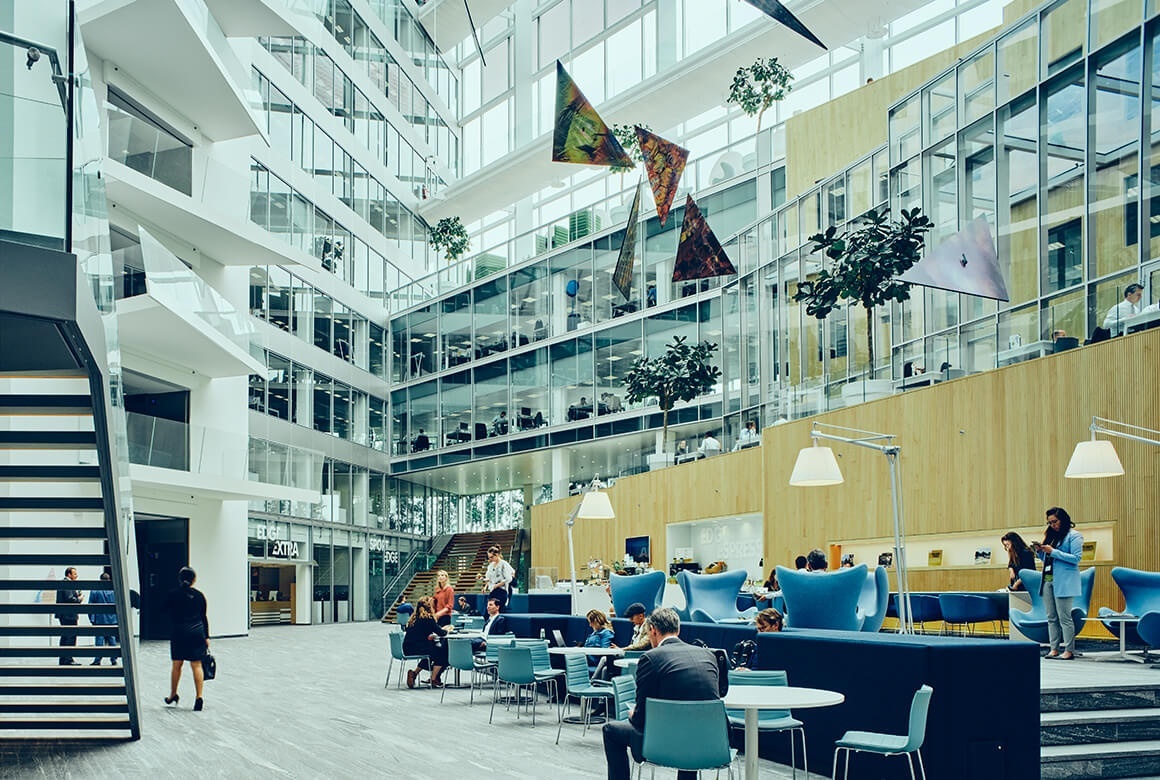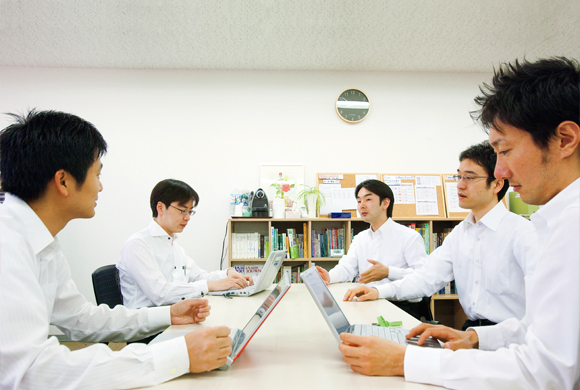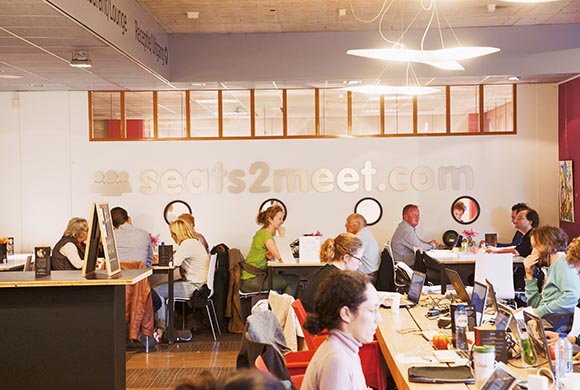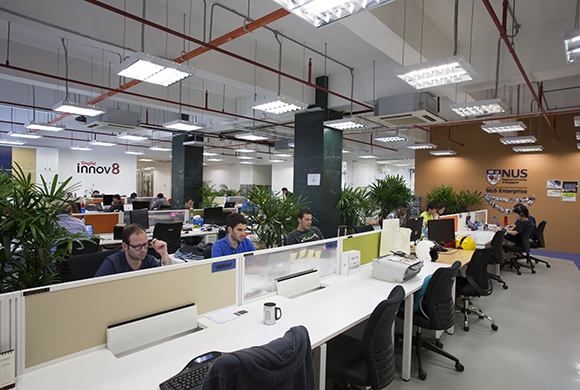Workplace
Dec. 9, 2019
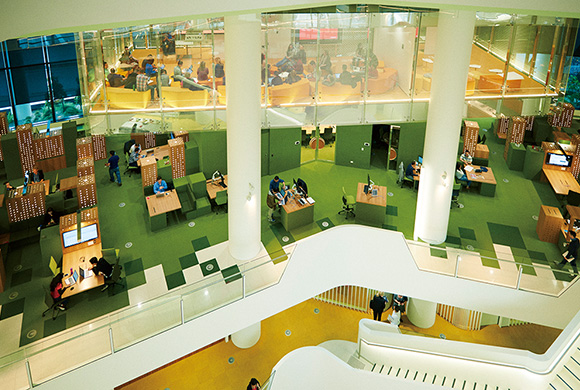
Innovative culture enhances the lives of the employees
A major Australian private health insurance company is working to maintain and promote better health
[Medibank] Melbourne, Australia
A company that promotes the health of its customers needs to think about the health of its workers as well. This is apparent in the new office building of Medibank, a major Australian private health insurance company.
Centralizing several offices into one required a building that had enough capacity to house all of Medibank’s employees. Management saw this as an opportunity to make changes in the culture of the organization.
This meant creating an environment that promoted workplace flexibility and worker health.
By separating work space, time and people, ABW (Activity-Based Working) is used to maintain and promote the health of office workers.
While there are more than 20 percent fewer workpoints than people, each of the 7 floors has a mixture of activity-based spaces from open meeting areas and round tables to individual booths. No one has their own desk, so workers and managers can choose the best space for each activity.
This allows people to move around freely with their laptops and headsets. Digitizing reference material has reduced paper by 80 percent, thus boosting eco-friendliness.

Located one minute on foot from Southern Cross Station, across the street from NAB. (Refer to P. 64)
Established: 1976
(Established as private health insurer owned and operated by Australian government)
Revenue: Approximately AUD 6.576 billion (2015)
Net Profit (after tax): Approximately AUD 285.3 million (2015)
Employees: 3,000 (2015)
https://www.medibank.com.au
The special 6th floor serves to improve the productivity and collaboration of all employees. “The 6th floor represents our investment in our people,” says General Manager Ireena Allen. Four designers created four zones: Healthy, Inspiration, Innovation, and Collaboration.
In terms of freedom-of-use, Inspiration is a notch higher than the other zones with a fireplace and sofas in the center. Workers can engage in ping pong, Connect Four and other games.
“We believe it’s really important for our people to refresh and rejuvenate throughout the day, and we don’t restrict that.” Ms. Emily Fear-Gook is convinced that the introduction of ABW was the right thing.

The central open space and staircase. The design creates a sense of liveliness by making the movement of the workers visible, while also highlighting the colors of each floor.
The companies that introduce ABW face challenges, in varying degrees: Will a sense of solidarity and camaraderie be fostered when team members are separated? Will coercive measures be needed?
“Of course, there were some teething problems, but due to repeated trial and error, the vast majority of employees adjusted well to ABW and felt more productive in the new environment,” Ms. Fear-Gook explains. “Some team members began to take up too much space even if they weren’t using it. This was problematic as one worker was occupying two spaces at the one time – with their belongings on one desk while they were in a meeting.

A half-standing meeting space by the window. Monitors are placed in the partition as shown to the right.
But due to repeated testing and continued encouragement, the vast majority of employees have adjusted well to ABW moving their belongings with them throughout the day. Even now, we monitor opinions with annual surveys. This allows us to make sure they feel a connection with the company. It’s like a health check-up for the company.”
Facilities to promote worker well-being are visible throughout the office. Both the staircases between floors extend from the center open space and the slope from the basement bicycle parking lot to the entrance floor encourages workers to walk from one floor to another instead of using elevators.
“The changing room is equipped with showers and lockers for those who walk, jog, or bicycle to work- means that are much more eco-friendly than commuting by train or car,” explains Mr. Tahche. “Since we also have a sports court, people are free to engage in sports during the day for better health.”
Employees take advantage of the edible garden and kitchen on the terrace, and they even take home the fruit and vegetables for free. Cooking classes are held in the kitchen regularly to encourage healthy eating at home.
When asked about this design concept that values health, Mr. Tahche responds, “We value employees and want to create an office that they want to come to every day,” he says. “We’re always looking for new ways to evolve. We’re now thinking two or three years down the road about how we can better promote worker health.
Consultancy for Work Style: Veldhoen
Interior Design: HASSELL
Architect: HASSELL
From WORKSIGHT 08(2015.10)

The locker area. A valuable space where, with the introduction of ABW, workers gather to get their things and communicate while enjoying a drink on the sofas.

The changing room. Sweaty workers take showers and change here.
















